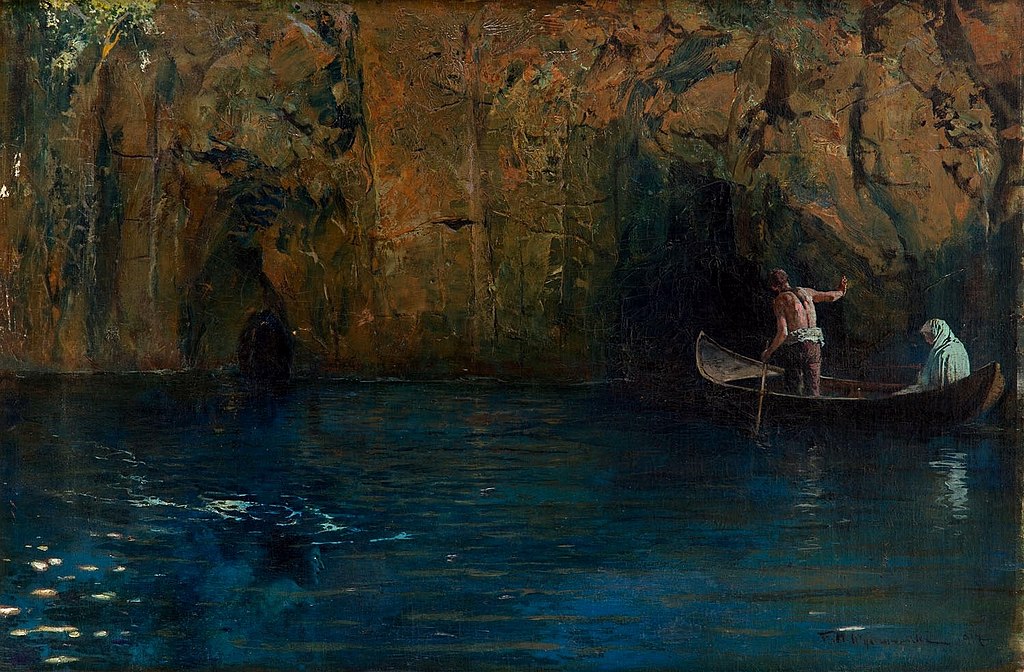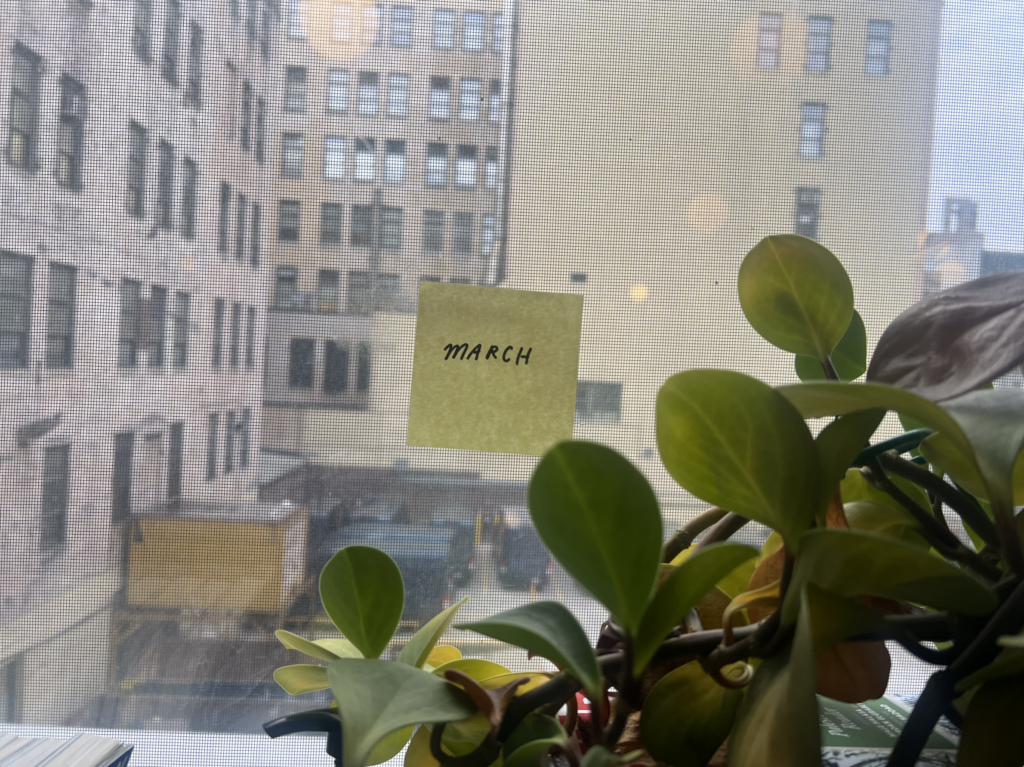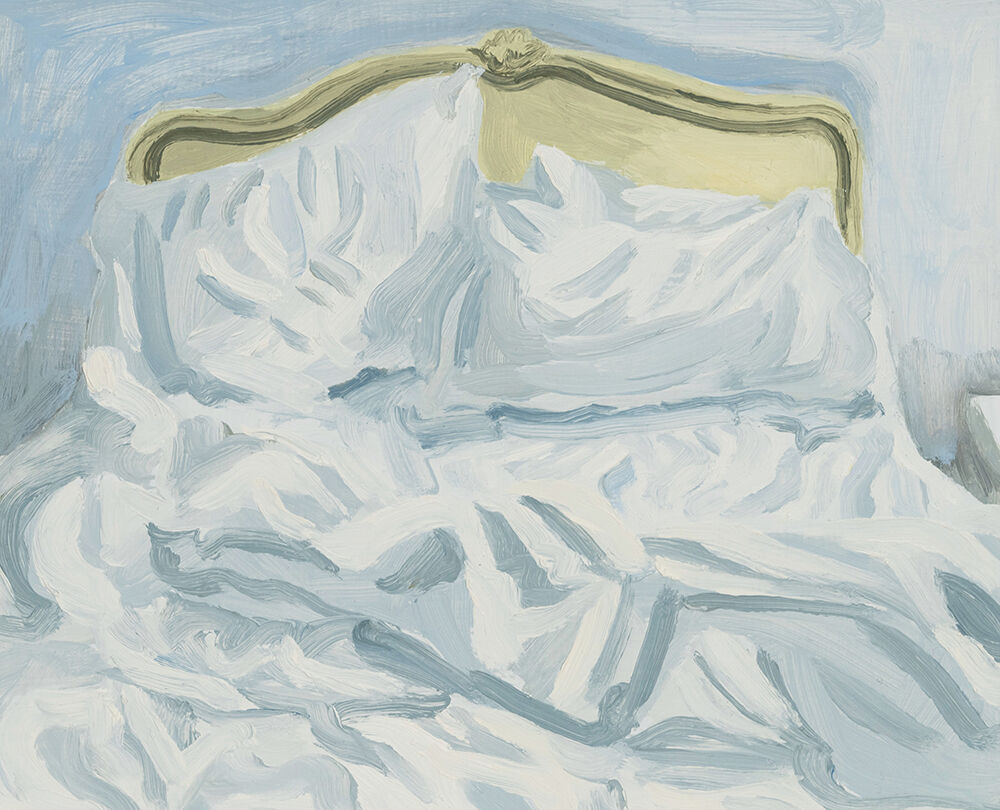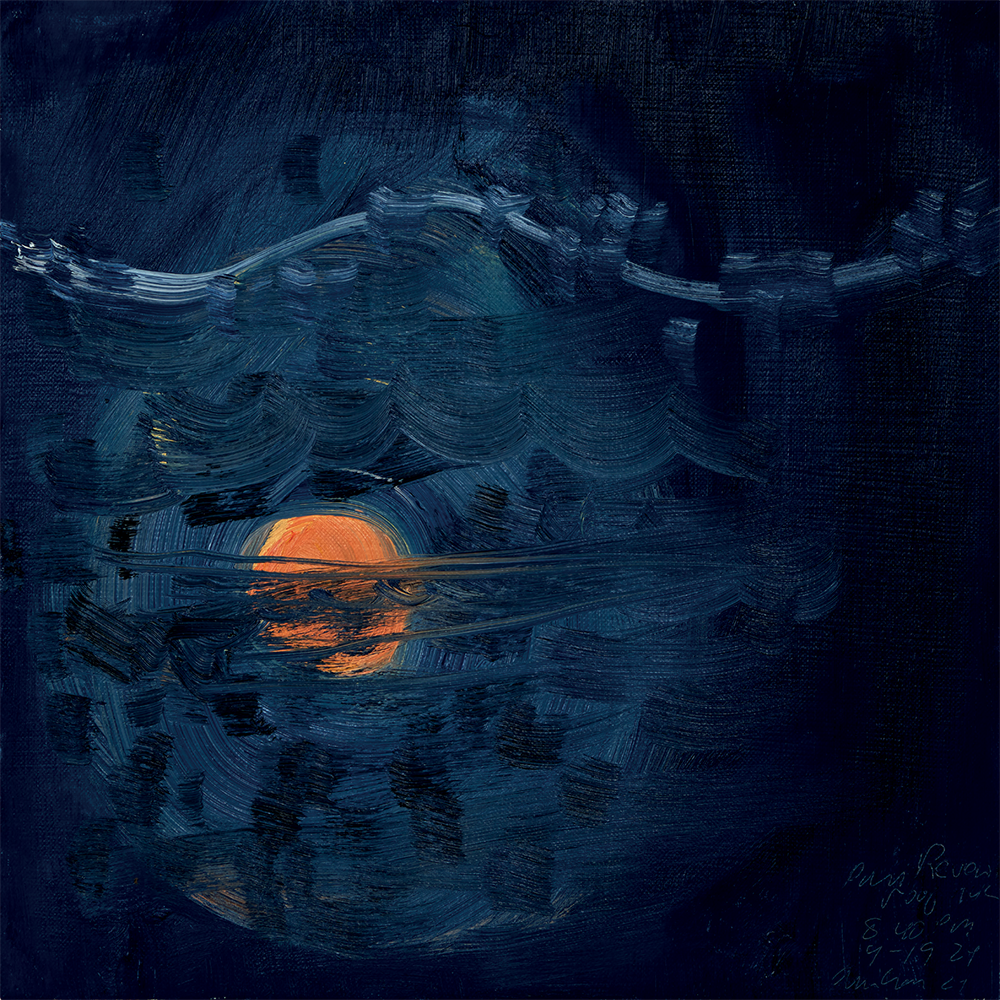Ann Craven, Moon (Paris Review Roof, NYC, 9-19-24, 8:40 PM), 2024, 2024, oil on linen, 14 x 14″. From our Winter issue, no. 250.
Abdulah Sidran (1944–2024) was born to a family of Bosnian Muslims during the occupation of what is now Bosnia and Herzegovina by the Croatian fascist Ustaše. After World War II, the region became, under Tito, a part of the new socialist republic of Yugoslavia, and Sidran’s father, Mehmed Sidran, became a Communist Party functionary. After Yugoslavia’s break with the Soviet-led alliance known as Cominform, Mehmed became one of the suspected Soviet sympathizers arrested en masse by Tito’s government. The following excerpt recounts a “family meeting” in the years after Sidran’s father returned from his imprisonment in the forced-labor camp of Goli Otok, a formerly uninhabited island in the Adriatic Sea. You can read more of the Review’s selections from Sidran’s memoir, Scraps, in our new Winter issue, no. 250.
The roof was leaking again. Dad stopped coming home, and Mom lined the floor with bowls and pots and pans and other dishes everywhere the water was dripping. Because the water dripped so much, Mom got up in the night to empty the containers and returned them to the same places. We always heard when she got up in the night, and we knew what she was doing as soon as she put the dishes back and the drops of water sounded different, falling into the now empty containers. The worst was when the roof leaked over our beds. We had to move them wherever and however just so the water wouldn’t drip on them. Mom said, My God, what have I done wrong? Whenever we heard Mom crying at night, we knew Dad had come home. Mom said, At least don’t wake the kids. Can you promise? Dad pretended not to hear her and said, Conference. Women to the other room. So we had to get up and go over to the table, and Mom took Dina to the other room. Dad sat at the table and cracked his knuckles. Ekrem, Edo, and I sat in silence, waiting for Dad to talk. Dad said, Lest you think I’m drunk, Ekrem will lead the meeting. Ekrem asked what was the agenda, even though it was nighttime, and then Dad took the floor and spoke about his life and communism. You boys will live to the year 2000. By then communism must prevail, you got that? We got that even though we were sleepy. Have you read Germinal, he asked me, and I lied that I had. He told us how he’d gone to school with nanule on his feet and how we had no right to ask for anything beyond that, even though we didn’t ask for anything. While talking, Dad walked around the room, and then he sat down again at the table or on the couch. When he waved a hand from the couch, we knew the meeting was over. To these meetings, he always brought new words. Always a different one. One night he kept saying pretermit, others, permanently or withdrawal. We didn’t know what those words meant, but we used them to tell one conference from another. Ekrem said, You know, that night he kept sayin’ competent. I said, I know.
Mom was crying in the other room, but you could barely hear it because she held a pillow over her face. Dina asked, Why are you crying, Mom? We’ll be happy one day, too. Everyone has to be happy one day. Mom said, When the soil covers me, that’s when I’ll be happy.



















